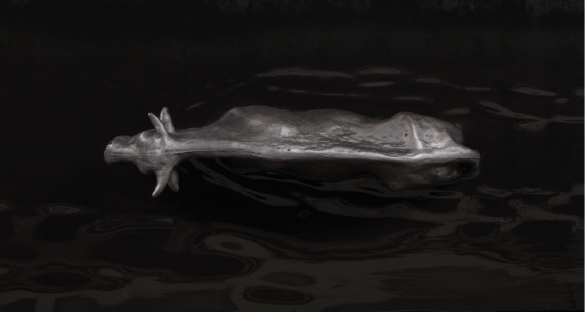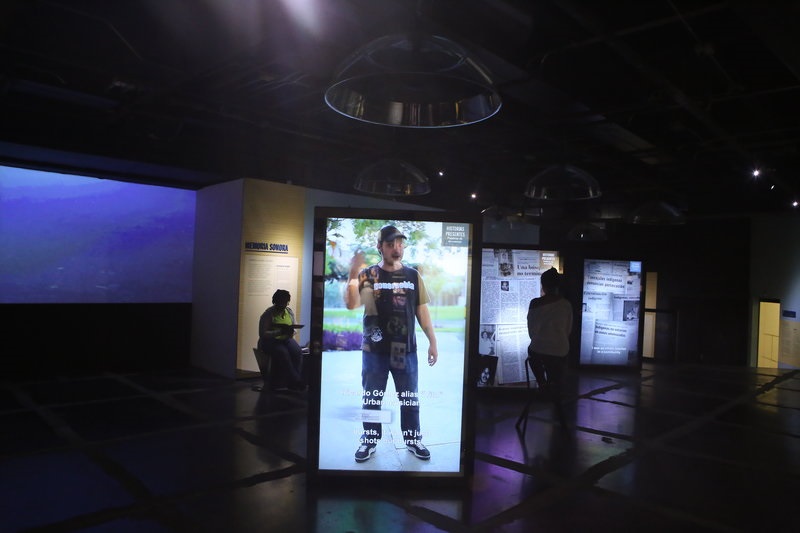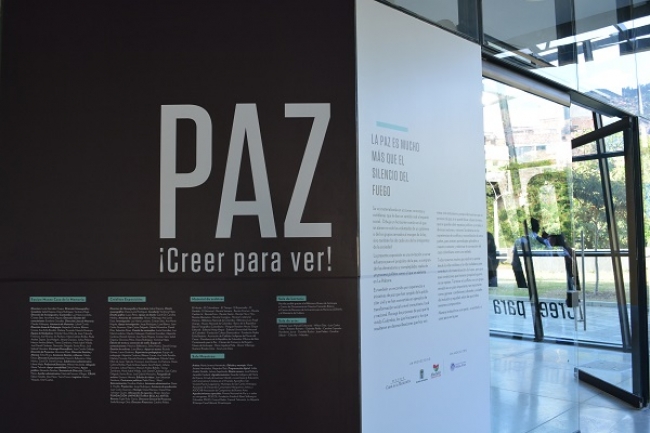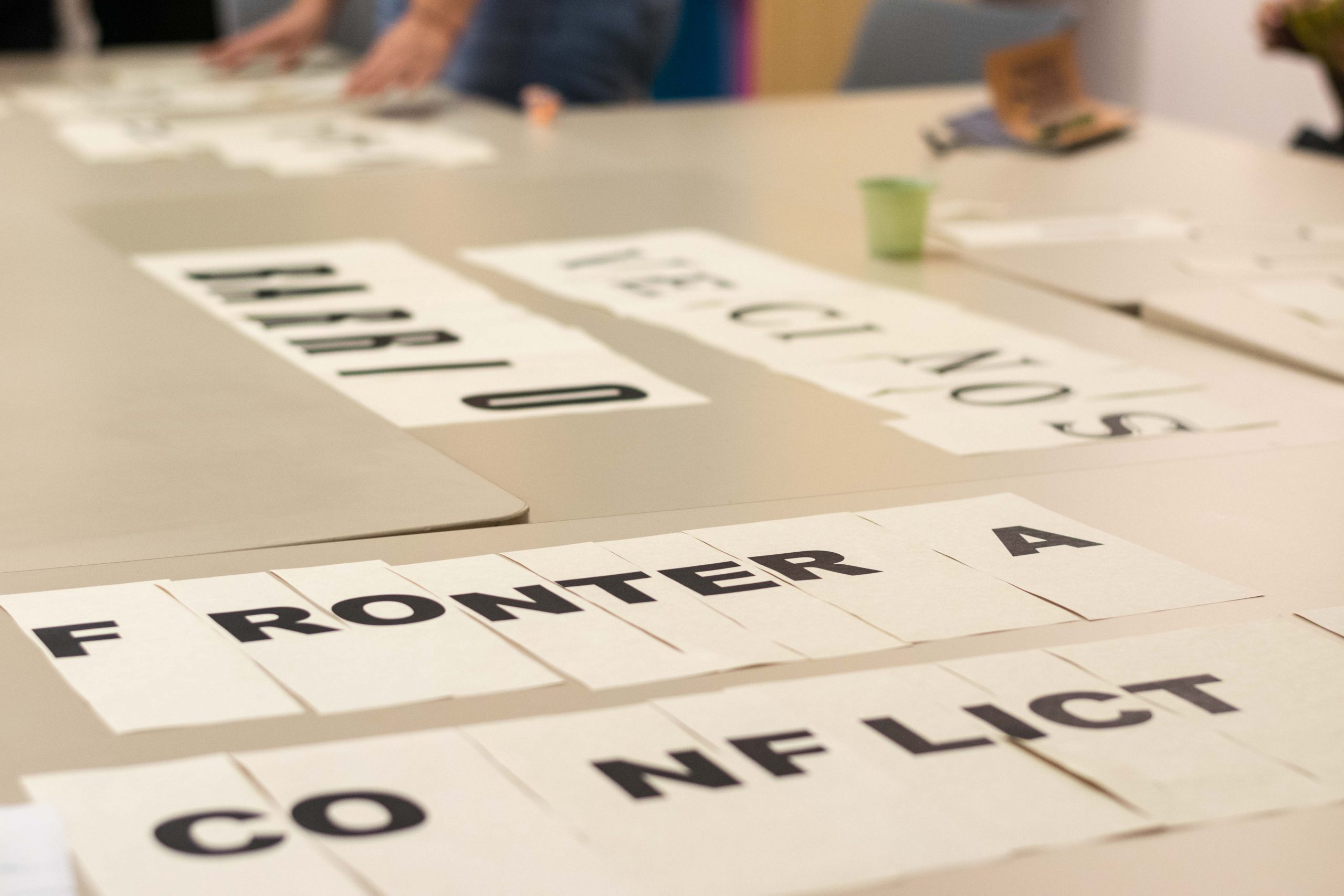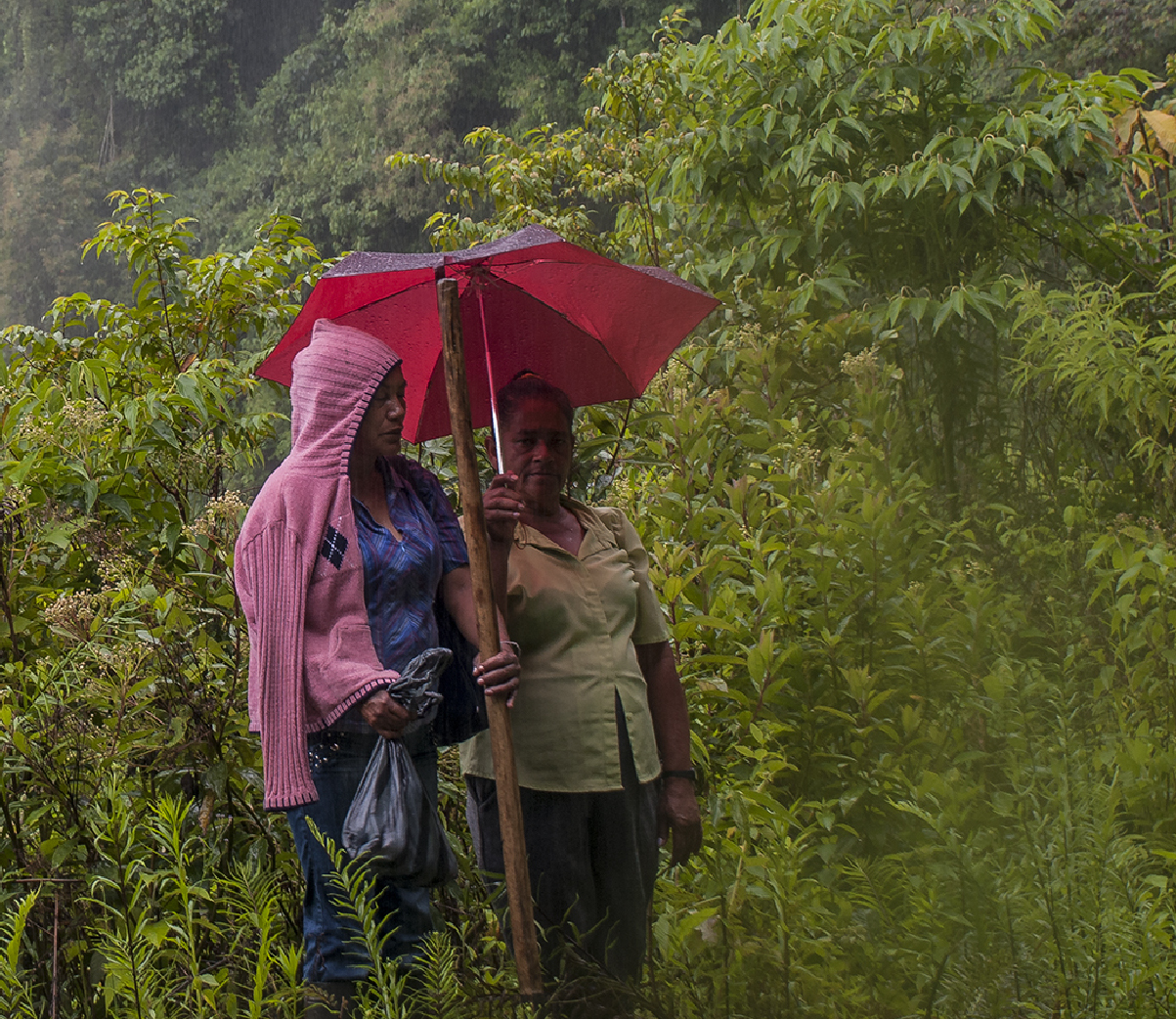Parte de la obra más reciente del artista Luis Fernando Peláez es acogida en el Museo Casa de la Memoria bajo el nombre Noche del tiempo.
Las obras aluden a temas que atraviesan las reflexiones del Museo: el desarraigo, la memoria, la casa. Es así como los objetos que conforman la exposición servirán como puente para que los espectadores traigan al presente memorias personales, a la vez que se hacen preguntas sobre ellos mismos y su relación con los demás.
Para el artista, “aunque la noche es bastante oscura, es en esas zonas sombrías donde persigo otros aspectos de la memoria”, y es por eso que ha decidido otorgarle a la compilación de obras el nombre Noche del tiempo.
Según el equipo de curaduría del Museo Casa de la Memoria “la obra de Peláez le permite a cualquier persona ingresar a ella desde la memoria y experiencias de cada uno. La exposición será un espacio para preguntarse por sí mismo en relación con el otro y con lo otro, a través de objetos, que ponen en movimiento presencias/ausencias, imaginarios y memorias personales”.
